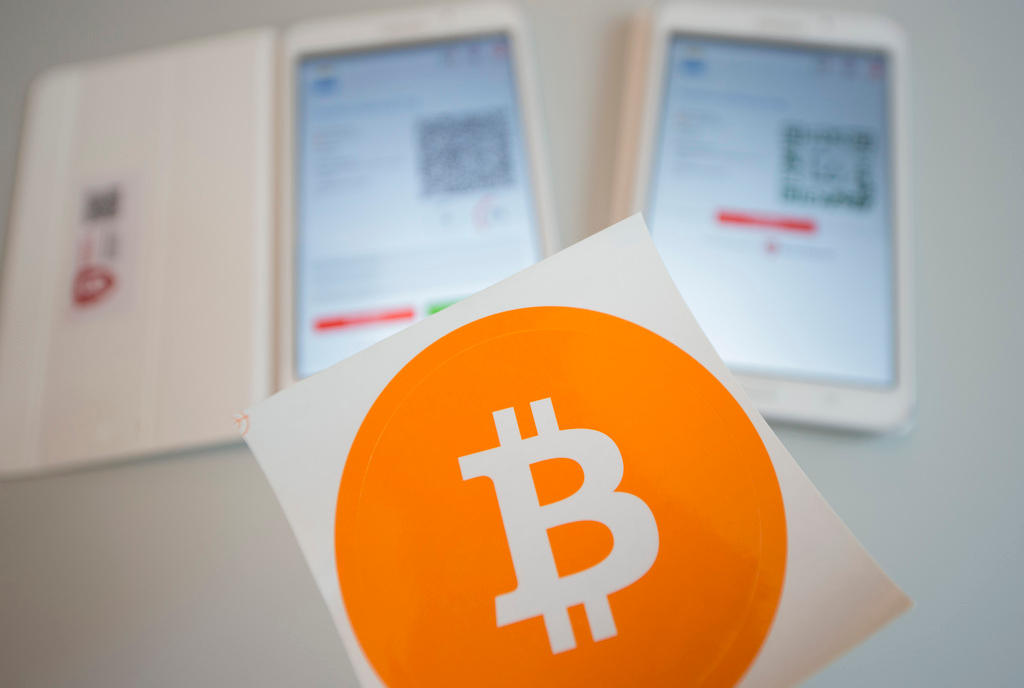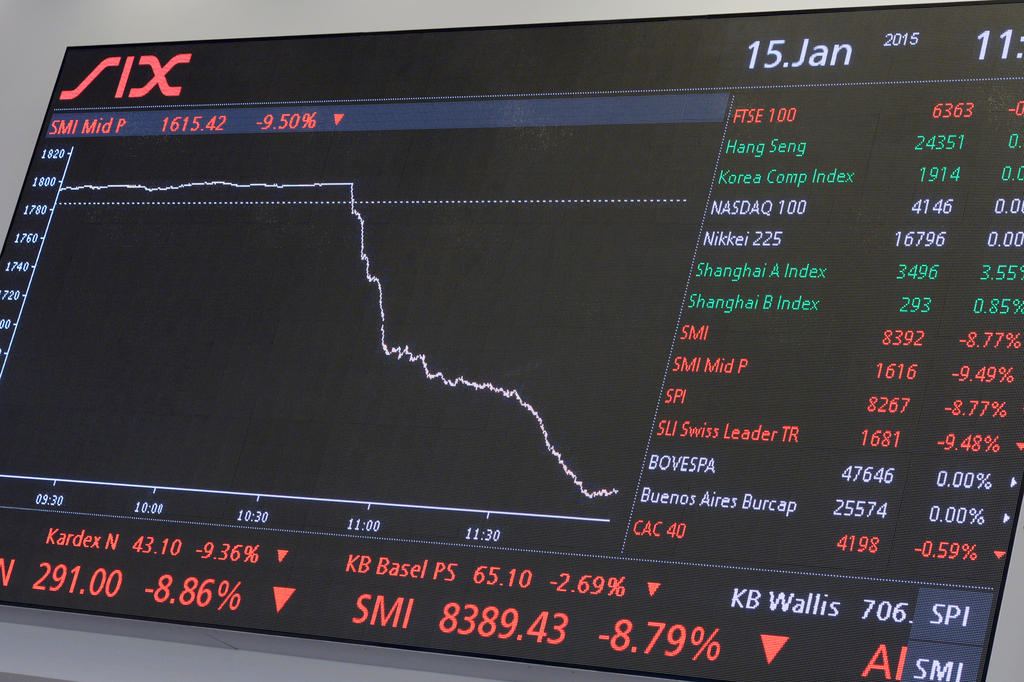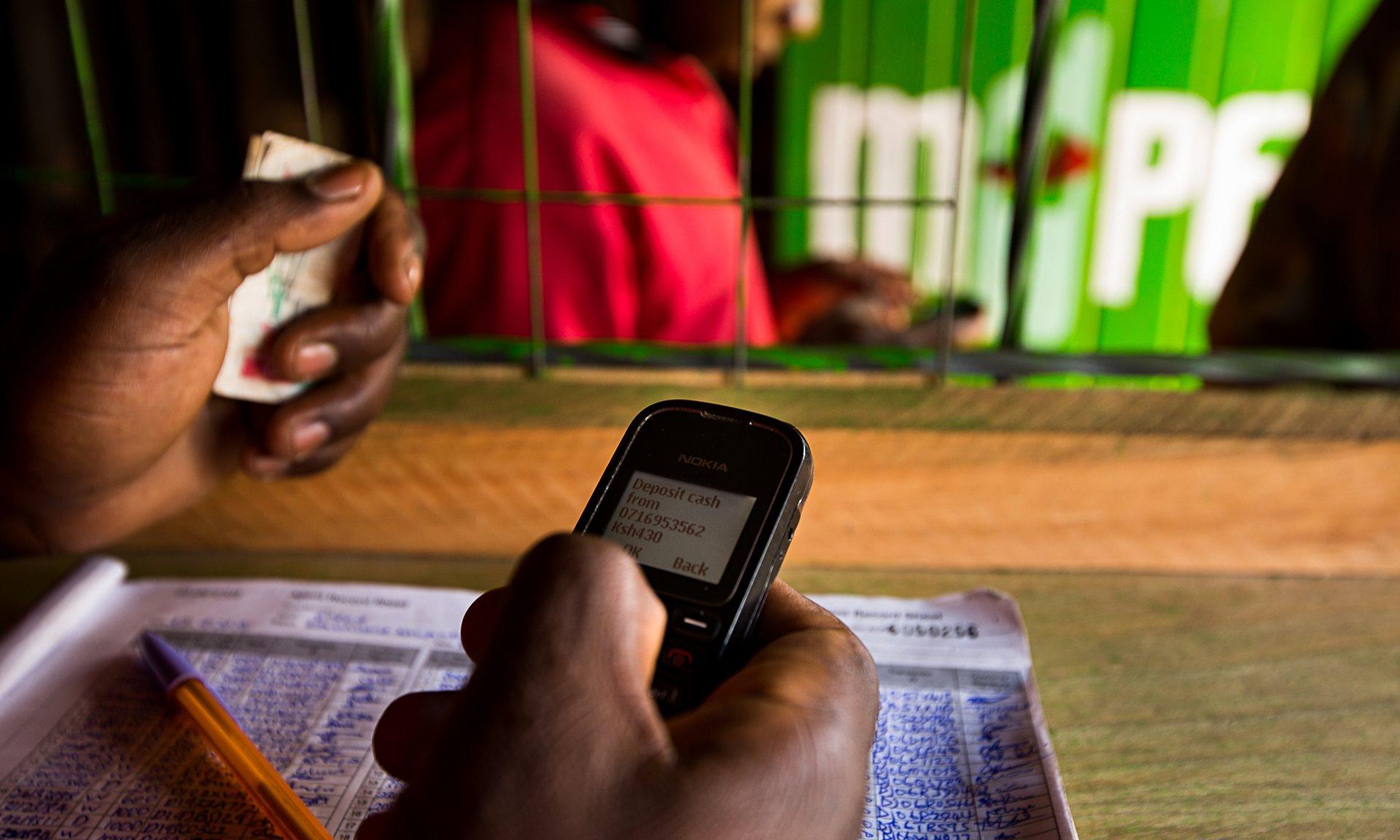Head to head: Apple Pay vs Twint

This year’s launch of Apple Pay in Switzerland is expected to set up a showdown with local rival Twint over the Swiss market in mobile payments, believed to be worth billions in a few years’ time.
Apple PayExternal link and Twint External linkare the first major players in Switzerland to explore mobile contactless transactions – the cutting edge of digital payments. The latest advance enables consumers to conveniently pay bills, transfer money or purchase items on the move using their smartphones, tablets or wearable devices.
Put your card into a machine and type in a PIN code? Far too clunky and time consuming. Wait until you get home to make online payments on your laptop? No thanks! Storing various accounts on your app even sidesteps the need to rummage around in your wallet to find the right card – simply hold your mobile device next to a payment reader and hey presto.
Digital wallet service Twint was launched in 2015 by PostFinanceExternal link, the banking arm of the Swiss post office. This year it merged with peer-to-peer payment service Paymit. The combined entity is backed by UBS, Credit Suisse and other Swiss banks, supermarket giants Migros and Coop, the Swiss stock exchange and the state telecoms provider Swisscom.
The race is now on between the beefed up Twint – to be relaunched in January – and Apple Pay to convince financial services, retailers and consumers to sign up to their services.
How big is the mobile digital payments market?
According to various estimates, consumers will spend between $620 billion and $1 trillion globally on their mobile devices this year. This figure is expected to triple by 2020.
The Swiss market is tiny by comparison, but as Swiss shoppers still use cash for around 60% of their purchases, there is huge potential for growth. Market researchers Statista.com calculate that Swiss mobile payments will be worth $324 million this year, rising rapidly to $2.9 billion by 2020.
Who will win?
Between them, Twint and Paymit have around half a million subscribers. Apple Pay is coy on exactly how many users it has in Switzerland, or the volume of transactions, but it does claim to represent 75% of all contactless payments in the United States.
Apple Pay is restricted to iPhones, which account for around half of all smartphones in Switzerland. But it has huge global reach, having launched in 11 countries. This would be handy for people who want to use this service abroad.
Apple Pay also has the advantage of using Near Field Communication (NFC) technology, which is becoming international standard for contactless payments. Swiss retailers are currently switching to NFC as they upgrade their point of sale readers.
On the other hand, the fusion of Twint and Paymit could soon offer users separate services: contactless payments via Bluetooth and Quick Response (QR) technology, plus peer-to-peer payments (for example, I pay for your pizza, you pay me back by transferring money from your account to mine).
The Twint app can also be used on any smartphone but the technology does require that retailers install different kit in addition to NFC since Apple has restricted NFC on iPhones to its own Apple Pay app.
What do the experts say?
The Swiss mediaExternal link has been full of articles doubting that Twint can make much impact against Apple Pay’s superior NFC technology and global cross-border clout.
Speakers at the recent Swiss Payments Forum in Zurich largely agreed with these sentiments, but still believed that the local product could carve a niche on the domestic front. Consumers would be swayed by details: which product is quicker to use with the fewest stages to get it operational, what loyalty rewards and other benefits will they offer and how many stores will welcome the rival services.
But the consensus opinion was also that Apple Pay and Twint are less in competition with each other as with traditional methods of payment in Switzerland: cash and the physical use of credit and debit cards.
They agreed with Twint CEO Thierry Kneissler, who welcomed the launch of Apple Pay by saying it would encourage more people to switch to this form of payment.
Consumer choice?
Observers believe it will not be too long before other heavyweights, such as Samsung Pay and Android Pay, hit Swiss shores. The Handelszeitung newspaper has reported that Alipay from the Chinese online retailer Alibaba is poised to make an entrance too.
Swatch has also launched a smartwatch called Bellamy that uses NFC to make contactless payments.
Have you started using a mobile payment app? Tell us about your experience.

In compliance with the JTI standards
More: SWI swissinfo.ch certified by the Journalism Trust Initiative












You can find an overview of ongoing debates with our journalists here . Please join us!
If you want to start a conversation about a topic raised in this article or want to report factual errors, email us at english@swissinfo.ch.